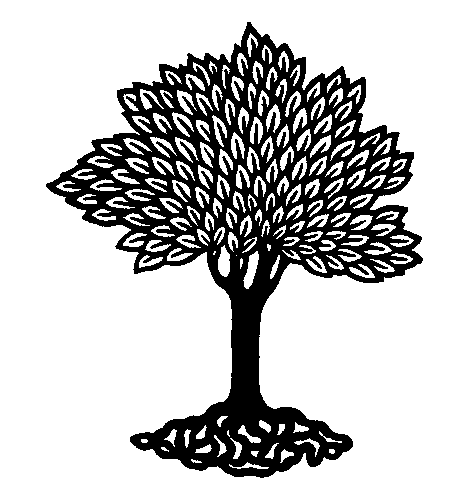Study Guide: Introduction
Readings/Study
Materials:
Learning Objectives:
upon completion of this unit you should be able to:
- Define phylogeny. Explain what it means using an example.
- Define taxonomy and systematics. Which title do you prefer for our
course: Plant Systematics or Plant Taxonomy? Explain.
- Explain why systematics a science
- Identify the characteristics of a plant
- Identify the three major "domains" of life
and the characteristics (e.g., prokaryotic vs. eukaryotic) that distinguish
them
- Cite an example of why taxonomy has a
predictive value
- Cite an example of how taxonomy has a
practical value
- Describe the features of a cladogram
- Describe the cladogram for life and plants
Test Yourself
-
Quiz
- Be able to answer the questions at the end of
Simpson, Ch 1 (pp 15-16).
Extensions
- Find a web site or other source listing jobs in plant systematics/taxonomy.
Identify the web site, position, salary.
- Visit the web sites of the American Society Plant Taxonomists, Ecological
Society of America, and Botanical Society of America. What information
do they have that would be pertinent to our course? What job
opportunities do they provide?
Last updated:
08/29/2008 / � Copyright by SG
Saupe

